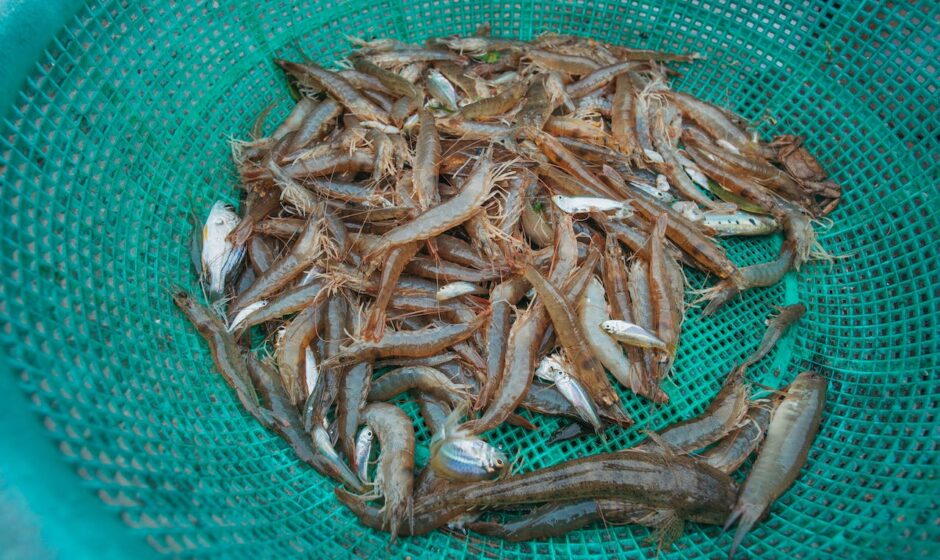India’s seafood industry is poised for a revolution, driven by a strategic shift towards public-private partnerships in research, development, and technology transfer.** This progressive move, spearheaded by the Indian Council of Agricultural Research (ICAR), aims to diversify aquaculture technologies and meet evolving market demands. With the ambitious goal of exceeding $15 billion in seafood export earnings by 2025, engaging business houses in technology development becomes crucial.
Shrimp remains the cornerstone of Indian seafood exports, accounting for 11.84 lakh tonnes and ₹43,135 crore in value.** However, the dominance of the pacific white shrimp faces challenges, including susceptibility to diseases, highlighting the need for diversification. Recognizing this, Marine Products Exports Development Authority (MPEDA) has identified mud crabs, seabass, tilapia, pangasius, cobia, and pompano as potential export species.
Despite their potential, production and cultivation of these new species have been inconsistent. Challenges include lengthy culture periods, cannibalistic behavior, and high feed demand for seabass, similar hurdles for cobia, and reliance on wild stocks for mud crab culture.
The key barrier lies in the adoption of developed technologies due to the required capital investment and limited understanding of these new methods.** To address this, early involvement of major business houses in technology development is advocated. This collaborative approach will ensure a seamless transition from research to large-scale commercial production.
India’s 2022-23 seafood exports reached 17,35,286 tonnes, valued at ₹63,969 crore, highlighting the need for increased volume, quality, and value-added products.** This article emphasizes the crucial role of big business houses in overcoming challenges and unlocking the full potential of new technologies.
Investments in fisheries technology hold immense promise for rural livelihoods, employment, and income generation.** Inspired by successful initiatives in other sectors, the article urges business houses to consider investing significantly in fisheries technologies, even including opportunities in foreign waters.
NITI Aayog recognizes the sector’s potential, noting an 8.97% growth rate in fisheries from 2011-12 to 2020-21.** To further incentivize investments, the article proposes extending the Production-Linked Incentive (PLI) scheme to business houses venturing into new fisheries and aquaculture technologies. Additionally, it suggests applying the newly announced Techno-Commercial Readiness and Market Maturity (TCRM) matrix framework to the primary sector.
**In conclusion, by investing in science and commercializing technologies, India can achieve its vision of an Atmanirbhar (self-reliant) seafood industry.** This collaborative approach between government, research institutions, and business houses holds the key to unlocking the immense potential of India’s fisheries and aquaculture sector.

